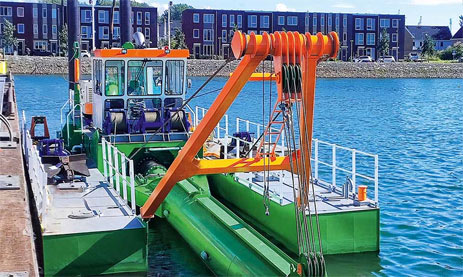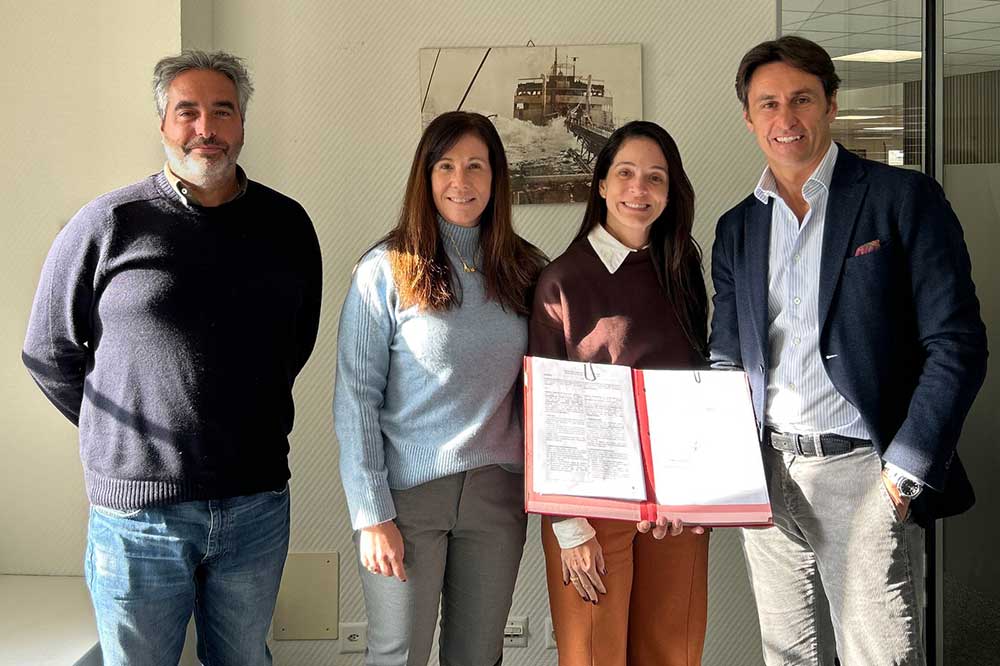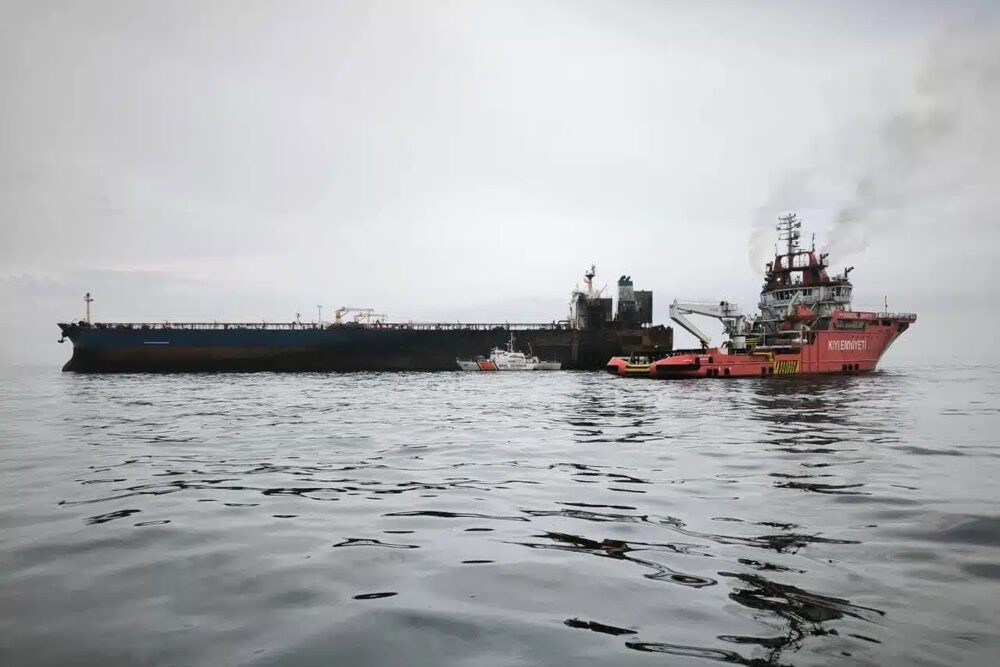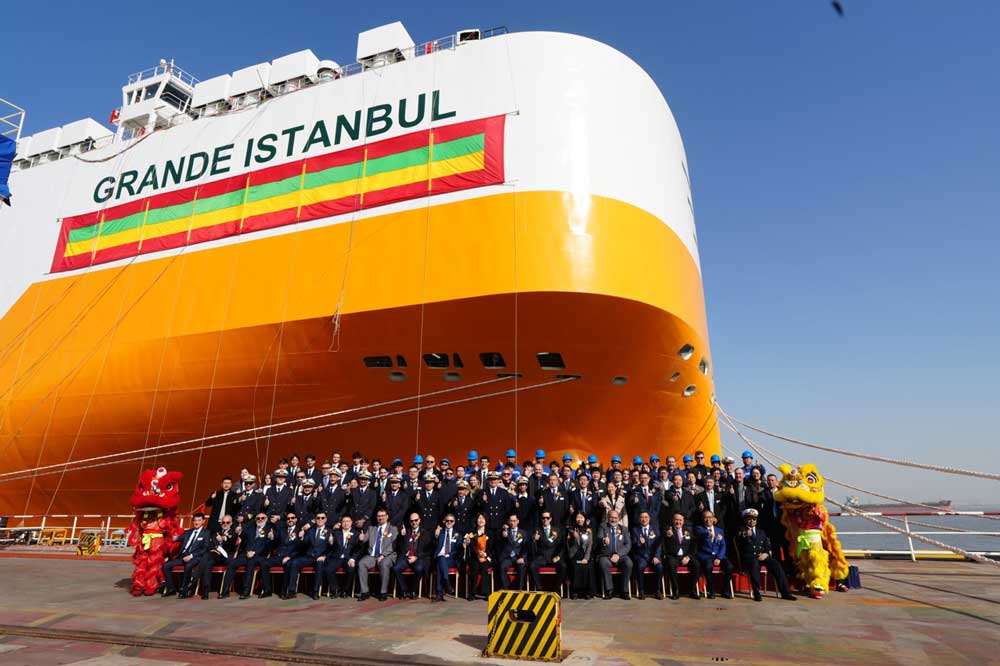According to the Organization for Economic Cooperation and Development (OECD), the global trade in counterfeit goods continues to pose a major threat to the economy, consumers and supply chains worldwide.
This is the result of a joint study with the European Union Intellectual Property Office (EUIPO). Fake goods are increasingly being traded by water.
According to the latest figures from the study “Global Trends and Enforcement Challenges”, trade in counterfeit goods reached around $467 billion in 2021. To this day, these transactions continue to follow the same patterns and entail comparable risks.
Clothing, footwear and leather goods continue to be among the most affected sectors, together accounting for 62% of seized counterfeit goods. At the same time, according to the report, counterfeiters are penetrating new areas and reaching almost every aspect of daily life. Dangerous counterfeits, including car parts, medicines, cosmetics, toys and food, are becoming increasingly common and pose a serious risk to consumer health and safety.

While China remains the top source of counterfeit goods, accounting for 45% of all reported seizures in 2021, other countries from Asia, the Middle East and Latin America are also involved in the trade of counterfeit goods.
Increasingly international waterways
The OECD report also shows how trade routes are changing: Counterfeiters are increasingly using international waterways and pursuing “localization” strategies by shipping unassembled components and packaging to assemble counterfeit products closer to end markets – making detection even more difficult.
Counterfeiters are also becoming increasingly adept at quickly producing counterfeit versions of popular products, advertising online and taking advantage of less controlled shipping methods; around 65% of seizures involve small parcels and postal items, demonstrating a shift towards distribution channels that offer speed, convenience and a lower risk of inspection.
OECD: Coordinated surveillance needed
To address this global threat, the report calls for continuous surveillance and better coordinated responses, including real-time information sharing between customs, police, financial intelligence units and market surveillance authorities. Greater cooperation and sharing of best practices between trade intermediaries, postal and shipping services, free trade zones and logistics companies is essential to prevent abuse of their networks.














